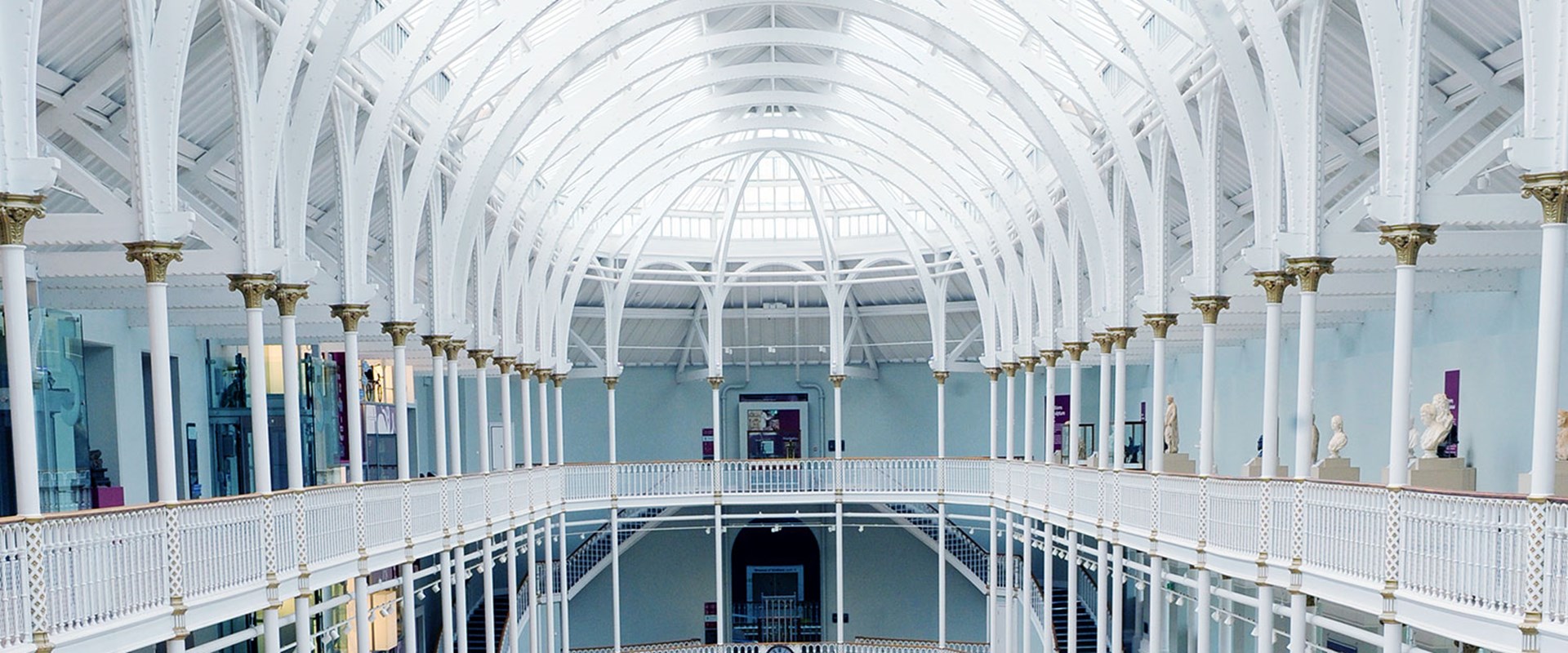The hangars are part of the East Fortune Airfield Scheduled Monument. Built in 1940-41, they were originally designed to last approximately ten years. The project will conserve the original building fabric of the hangars and restore them to their original condition. The aircraft on display in the hangars will benefit from the buildings being heated for the first time and their interpretation enhanced through the creation of new displays.
Once restored, these two hangars will focus on military aircraft and leisure and smaller civil aircraft. A German-built rocket-powered ME 163 Komet, the only rocket powered interceptor ever built; a Hawker Siddeley Harrier, the world’s first and most successful vertical take-off and landing jet to enter service and the oldest example in existence; and a Mark XVI Spitfire, are just a selection of the internationally significant military aircraft that will be on show.
Dr Gordon Rintoul, Director of National Museums Scotland commented,
“We are absolutely delighted that the Heritage Lottery Fund has awarded a First Round pass for the next stage of our Development Plan for the National Museum of Flight. We can now work up more detailed plans for the restoration of our two Second World War hangars and their transformation into two vibrant new display spaces, worthy of our internationally significant collections. The work will ensure that the National Museum of Flight remains one of the major aviation museums in Europe.”
Highlights of the leisure and civil aircraft will include a de Havilland Dragon, the Dragon established the first passenger air services in and out of the Highlands and Islands in Scotland and flew the first airmail flights in Britain, the classic “Faithful Annie” Avro Anson, which was originally built as a passenger aeroplane and also used in many roles in the armed forces, and the Britten-Norman Islander, one of the most versatile aircraft ever built and used in a multitude of different roles, including commercial passenger transport, air ambulance and fisheries protection.
The restoration of the hangars will also enable an array of fascinating objects, which are currently in storage, to be displayed, from uniforms, documents and photographs to technology relating to aviation and aviation history.
Colin McLean, Head of the Heritage Lottery Fund in Scotland, said:
“These iconic WWII hangars are at risk of being lost. Their restoration will not only ensure their long-term survival but will transform the exhibitions within them with new contemporary interpretation and displays. We are delighted to give our initial support to a project which is set to make the National Museum of Flight even more popular with visitors who are keen to explore Scotland’s fascinating aviation history.”
Culture Secretary Fiona Hyslop said:
“The National Museum of Flight at East Fortune plays an important role in telling the fascinating story of flight to people in Scotland and beyond. I’m very pleased that the money from the Heritage Lottery fund along with the £1.8m already pledged by the Scottish Government will safeguard and improve this excellent display for the next generation of museum-goers.”
The National Museum of Flight houses the majority of the national aviation collections that are in the care of National Museums Scotland. The collections are one of the most significant in the United Kingdom and Europe, and comprise aircraft, engines, photographs, archives, models, flying clothing, instruments, ordnance and other equipment. Further highlights of the collection include one of only two Vulcan bombers ever to have seen military action, the only major element of a Boeing 707 in the UK, a rare example of a Bristol Beaufighter, a type that operated from East Fortune during the Second World War and, of course, British Airway’s first operational Concorde.
The Scottish Government has pledged £1.8 million to this phase of the Development Project and National Museums Scotland will now work with trusts, foundations and the corporate sector to secure the remaining funds to complete this phase of the ambitious and important project.
For further information and images please contact Ruth Mackie or Bruce Blacklaw, press office, National Museums Scotland: r.mackie@nms.ac.uk / 0131 247 4288.
Note to Editors
-
National Museums Scotland looks after museum collections of national and international importance and provides loans, partnerships, research and training in Scotland and internationally. Our individual museums are the National Museum of Scotland, the National Museum of Flight, the National Museum of Rural Life and the National War Museum. The National Museums Collection Centre in Edinburgh houses conservation and research facilities as well as collections not currently on display.
-
Using money raised through the National Lottery, the Heritage Lottery Fund (HLF) sustains and transforms a wide range of heritage for present and future generations to take part in, learn from and enjoy. From museums, parks and historic places to archaeology, natural environment and cultural traditions, we invest in every part of our diverse heritage. To date it has invested over£611million in Scotland’s heritage.
-
*A first-round pass means the project meets the Heritage Lottery Fund criteria for funding and the Heritage Lottery Fund believes it has potential to deliver high-quality benefits and value for Lottery money. The application was in competition with other supportable projects, so a first-round pass is an endorsement of outline proposals. However, a first-round pass does not guarantee the applicant will receive a grant although the chances of receiving a grant are high. The second-round application will still be in competition for funding, and no money is set aside at this stage. Having been awarded a first-round pass, the project now has up to two years to submit fully developed proposals.

